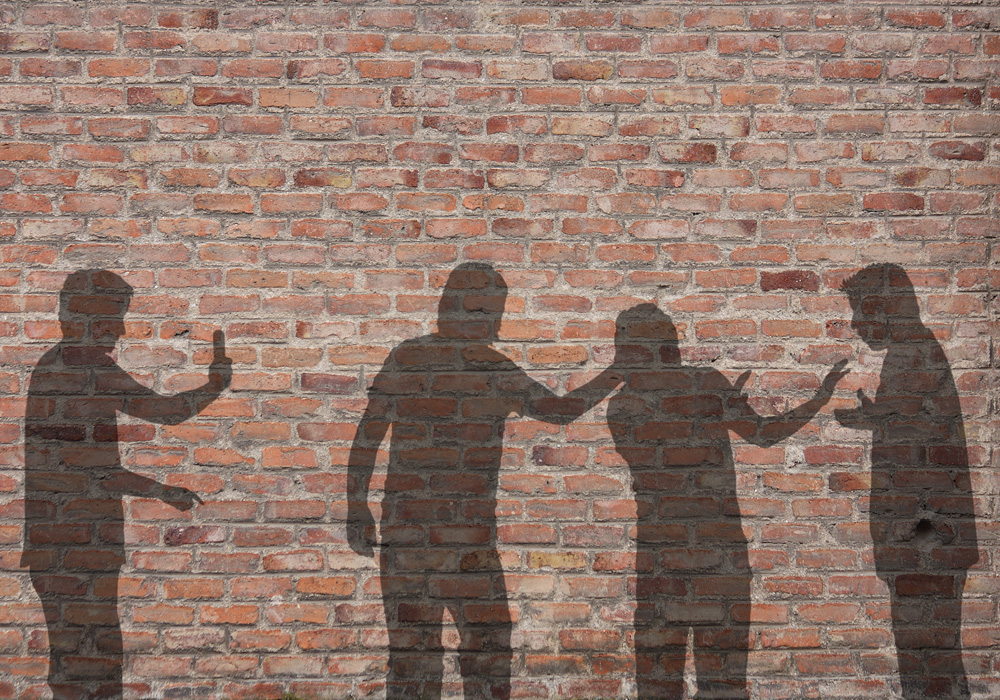Juvenile delinquency, or else bullying, is a worldwide phenomenon. It refers to the use of violence or offense committed by youth with the aim of causing fear, pain, or distress. For sure, it has not emerged recently, yet it has taken on dangerous dimensions in the past few years. The statistics speak for themselves. According to a study conducted by the Society for the Psychosocial Health of Children and Adolescents in collaboration with the Pedagogical Faculty of the Aristotle University of Thessaloniki, 29% of students have suffered some form of bullying within their school, with a frequency of two to three times a month or more. The findings of a nationwide survey conducted by “The Smile of the Child” for 2023 are also characteristic. Specifically, 1 in 3 children across the country (Greece) confess they have been bullied at school, 1 in 4 children feel that school does not teach them not to bully their peers, and 1 in 3 children who admit spending many hours on screens per day experience bullying.
Main characteristics & forms of bullying
Bullying is an aggressive behavior or attitude, a form of manipulation against one or more people, attempted also by one or more individuals. It is a deliberate, repeated act that gives the perpetrator a sense of temporary satisfaction or success.
More specifically, bullying occurs in a variety of forms. We refer to verbal bullying (mockery, discrimination, shaming comments), social bullying (spreading rumors, destruction of personal belongings, isolation from the group), physical bullying (hitting, pushing, kicking), cyberbullying (bullying via the Internet, social networks, email, and mobile phone messages). In addition, there are many forms of indirect bullying, in which the perpetrator tries to socially isolate a person, ignores, or attempts to make that person unpopular by spreading malicious rumors and lies.
Effects of bullying
Bullying, unfortunately, exists. Proper information and awareness of its effects is the first step towards the decisive elimination of the phenomenon.
In general, children who have experienced bullying (the victims) show reduced concentration, difficulties in memory and learning, lack of motivation to learn, a low profile in communication (they do not express or participate due to the fear of being ridiculed), school refusal, frequent absences from lessons, and reduced school performance. In addition, they suffer from emotional and psychological depression, are driven to social isolation, face behavioral problems, or put their physical integrity at risk. Finally, the risk of suicidal ideations or attempted suicide is particularly high.
Collective action to eradicate school bullying
Family, school, and society in general, are responsible for bullying. Therefore, to tackle it successfully, horizontal changes and collective action are needed.
Family plays a significant role. Lack of stability, domestic conflict, unclear boundaries, lack of support or affection are some of the main causes of children’s aggressive behavior or victimization. It is important for parents to be present in their children’s lives, to listen and support them, while also setting clear boundaries and sharing roles. Furthermore, teachers and schools also play an important role. In this respect, the new draft of the national strategy includes a stricter approach to addressing delinquency within the school context, a change in the absence regime, as well as the assumption of responsibility by parents. An important tool in tackling the phenomenon will be, among others, the operation of a digital platform for reporting incidents of bullying in schools. On the same basis, the measure of justified and unjustified absences, the tool of the five-day suspension, or the change of class or school environment will be reintroduced. These measures will be applied in all school units. Last but not least, a free of stereotypes society, inspired by the values of solidarity and inclusion, is the key to the effective elimination of all forms of violence.

